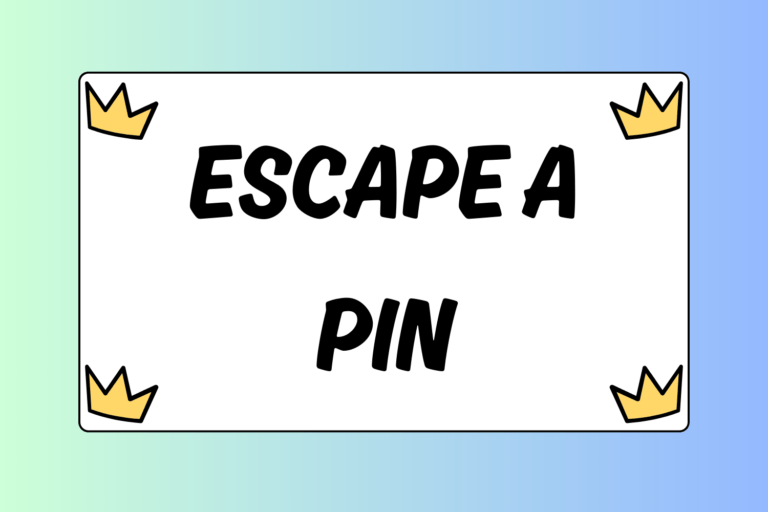The most commonly used turn from the claw ride is the basic tilt, which can be executed quickly and with only a limited chance of being countered. If you are a wrestler who utilizes the claw ride, you should absolutely know how to perform this move. Read on to learn this simple, yet effective, tilting technique.
1. Start with the Claw
To be able to tilt your opponent, you first need to establish a claw ride. If you are not familiar with the claw, or need to touch up on the basics, check out our guide, The Basic Claw Ride & Breakdown. Make sure to keep your opponent tightly secured and stay on your toes to keep forward pressure on his back.
2. Jump to the Far Side
With your claw in place, “jump” or position your body on the opposite side of your opponent’s body from where you started. For example, if you are using your left arm for the claw and are positioned on the left side of your opponent’s body, jump to the right side.
As you reposition yourself, turn your hips to your opponent to make them perpendicular to his. Support yourself with the foot of your near leg and place the shin of your far leg on your opponent’s near-side leg. For example, if you jumped to your opponent’s right side, support yourself on your left foot and turn your hips towards his body to place your right shin on top of his right thigh.
Your far leg will now be your bottom leg, and you will be able to drive your opponent’s hips over it. Stay tight with your opponent by keeping your chest in contact with his back. Don’t forget to keep a firm and steady grip with your claw, as well. By doing so, you will be able to maintain control over his body and will soon be able to earn easy back points.
Hot Tip: All in the Hips
Any move that involves tilting your opponent is all in the hips. Make sure to keep your hips tight to your opponent’s as you perform this move. The closer you keep your opponent to your hips, the more control you will have over his body.
3. Control the Near-side Wrist
Reach to the inside of your opponent’s near-side arm and grip his wrist, near the bottom of his hand with an overhanded grip. For example, if you are positioned on your opponent’s right side, reach your right arm to the inside of his right arm and grab his wrist with your palm facing down.
4. Pull the Wrist & Tilt
To start the tilt, pull your opponent’s wrist in towards his stomach to break his balance. While keeping your opponent’s wrist tightly secured, drive your opponent’s hips over your bottom leg’s knee (slightly towards the arm you’ve secured). Use your claw to help pull his hips on top of your leg.
You may need to use your free leg’s knee to help push your opponent’s buttocks on top of your leg. As you drive him over, roll to your side (the same side as your opponent’s controlled arm). Keep pulling his wrist to turn his body. The goal is to eventually trap your opponent’s hips on top of your bottom leg.
5. Secure Him in the “Valley”
Your opponent’s hips should now be resting on your bottom leg. From here, plant your bottom foot on the mat and pull your knee up toward the ceiling. This will trap your opponent’s hips and make it extremely difficult for him to get back on his stomach.
With your bottom knee pointed up, keep pulling his wrist and force your opponent’s shoulders towards the mat. Continue keeping him tight to your body with your claw. However, make sure not to lie completely on your back — this may cause you to be pinned.
At this point, your opponent’s body will be slightly diagonal in relation to yours. Your opponent will likely try to move his body away from you in an attempt to create space between your bodies so he can get back on his stomach. If he tries to move away from you, “scoot” your hips in toward his body to keep his hips trapped on yours. Essentially, you are trying to keep your hips in contact with his body throughout the entire move.
Place your free leg underneath your opponent’s bottom leg to lift his hips upwards. (His bottom leg is the same leg you put your shin into in Step 2.) Use the top of your foot to control his upper leg (near or just above the bend of his knee). This will allow you to use his own body as leverage to angle his shoulders toward the mat.
Fun Fact:
The position a wrestler makes with his legs while tilting his opponent is commonly known as the “valley.” This is due to the “V” shape his legs are positioned in when securing his opponent’s hips.
6. Earn Your Points
From here all you have to do is maintain a strong position while the referee awards you back points. Remember to keep your opponent tight to your body with the claw. Also, continue pulling his wrist upward to angle his shoulders against the mat. From here, you can work to pin your opponent. You can also allow him to get back to his stomach, so you can turn him again for even more points. While it is very difficult to get a pin in this position, it can happen.
Master Both Sides
Follow the steps in this guide when drilling this move and soon enough, you will be prepared to hit it in competition. When you feel you have the tilt mastered on one side of an opponent’s body, be sure to learn how to ride the claw and tilt on the opposite side, as well. If you learn how to execute this move on both sides, you will surely be tough on top! Now get on the mat and start developing your skills!





